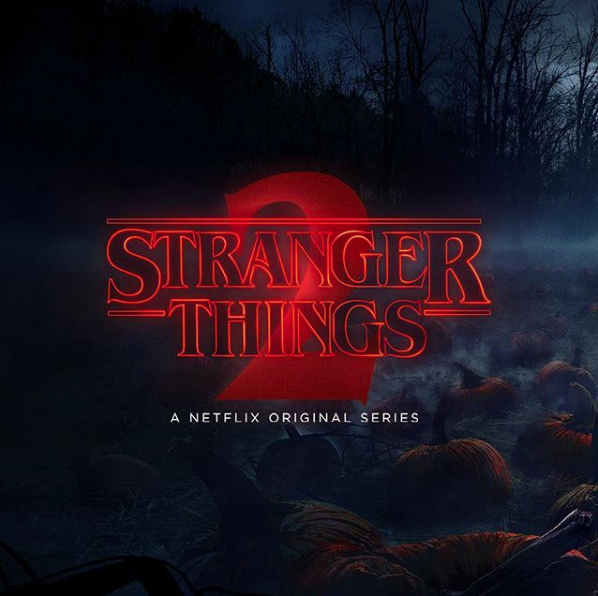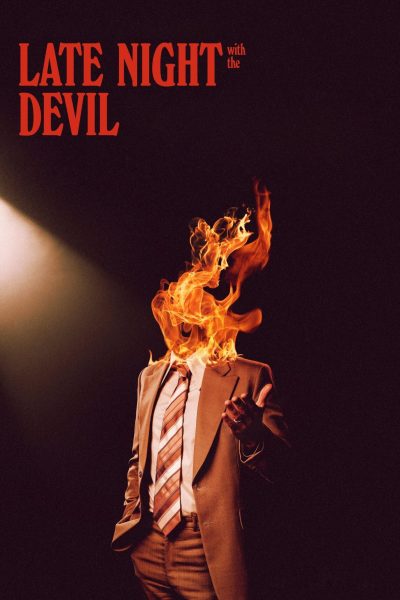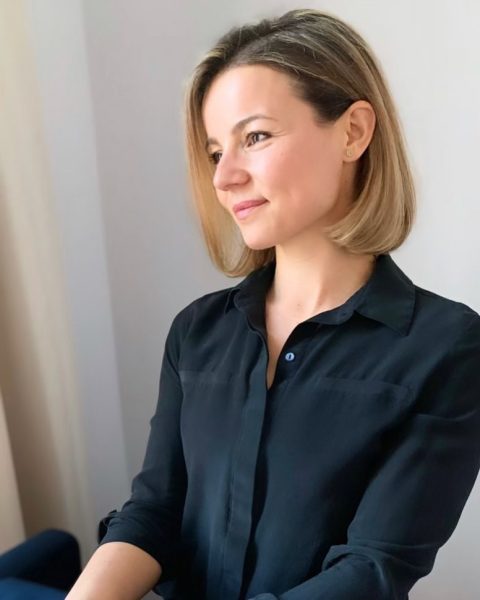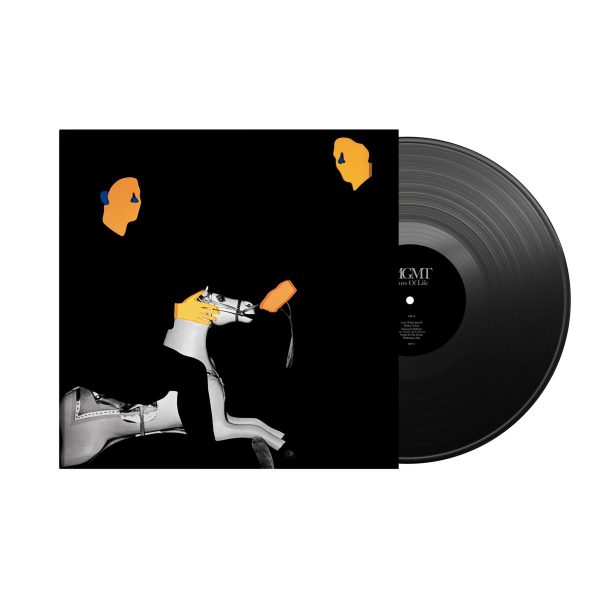‘Stranger Things 2’ Offers a Slow, But Worthy Burn
As with any sequel, it’s hard to imagine that the much-anticipated return to last summer’s breakout hit would match the unexpected charm that the first season brought. With the era-appropriate title “Stranger Things 2,” one can see how it was coined as just a spinoff sequel to its predecessor, without much promise to the new thrills and action it would bring. However, one can assume from the title—like many other ‘80s action flicks that came before it—that the story will not just focus on a group of young friends who are facing an unknown beast; these are seasoned warriors who are banding together once more in a meaningful fight.
The nostalgia-evoking Netflix series is still chock full of references to beloved ‘80s hits; however this time around, the emphasis is on its character and story development—albeit at a slow burn. Creators the Duffer Brothers allow “Stranger Things 2” to unfold at a much slower pace than its predecessor.
In the first half of the nine-episode season, the alternate universe known as the Upside Down is mostly kept at bay. Its presence is only felt through rotting crops—literally and figuratively as the characters deal with the post-traumatic emotional aftermath of the first season.
This season digs deeper into trauma and the psychological tolls it’s taken on its characters following season one. Will Byers (Noah Schnapp) is left tortured by his long period trapped in the Upside Down. Mostly absent from the first season, Schnapp provides this season with a heart-wrenching performance as an isolated child trying to go back to normal, as everyone around him treats him as a fragile piece of glass ready to shatter if not looked after constantly.
It’s the Wheelers who constantly serve as a reminder to the other characters of the sense of loss that arose out of season one. Mike Wheeler (Finn Wolfhard) mopes around, hardly the charismatic leader he once was, as he longs for his telekinetic—and seemingly-missing—friend, Eleven (Millie Bobby Brown), while also regarding the new girl in school, Max (Sadie Sink) as an intruder to his friend group, internally known as the “party.” Mike desperately holds onto the idea that Eleven may not be entirely gone, and there is a constant sense that the party—and himself—are not complete without her.
Meanwhile Mike’s older sister, Nancy (Natalia Dyer), struggles to carry on through everyday teenage life, as she watches her friends and boyfriend act as though Barb, her best friend who was taken by the Demogorgon in season one, never existed. Her guilt leads her on an investigative journey that may just finally lead to justice for Barb.
As one year has passed since the conclusion of events in season one, the return of Eleven and how she has spent her time has been long awaited. Season two captures a noticeable growth in Eleven’s character development, as she is no longer just a science experiment on the loose—she is a regular teenager full of longing, raging emotions, and a burgeoning sense of identity—one which she was robbed of since childhood. As a part of her journey, she spends much of her time discovering what “home” really means to her, which allows her to choose her own path in a way that she has never been able to before, primarily taking place in an entire episode that takes viewers outside of Hawkins, Ind., and into an entirely different setting—a creative decision that has polarized the fans.
Although several characters are developed increasingly throughout the new season (after being somewhat dismissed as stereotypical placeholders throughout the first season), such as Nancy’s beau Steve Harrington (Joe Keery), Dustin (Gaten Matarazzo) and Lucas (Caleb McLaughlin), many new character additions to the show feel uneven. There are times when the new season feels clunky and uncontinuous. Throughout much of the season, many characters are divided into different pairings and trios with several different subplots, often leading the series to border a fine line between “complex” and “cluttered.” The problem with a series getting bigger is that some character arcs get less attention—and occasionally sloppier.
However, it’s this dilemma that helps establish season two’s identity as an effective, if not self-aware sequel. “Stranger Things 2” struggles with remaining faithful to everything that made it successful in its original season, while also reimagining itself as a separate entity in its successor. It has entered its own “Void,” with one foot in its original origin of reality and the other in a confusing, less-established plane.
While season one largely thrived on practical effects and frugality (much like special effects of the ‘80s), there was definitely more money to be flashed on screen in the second season. There were noticeable differences, such as bigger and better monsters, larger stunts and more screentime for CGI to play a starring role. However, “Stranger Things” isn’t entirely horror; it’s a show that works best under the threat of the unknown, while its characters are navigating dark hallways with shining flashlights, avoiding the unseen.
Like its digital effects, the music budget also got a considerable increase. More money allowed the creators to take advantage of more licensing for ‘80s top hits to be strategically placed throughout the season. However, a large part of the first season’s charm relied on its perfectly nostalgic synthwave score of Kyle Dixon and Michael Stein, which we get much less of in season two to make way for these commercial top hits. The beauty of the original music in the first season lied in the nostalgic memories it evoked; “Kids” was not just a composure, it was a memory of the sense of freedom that riding a bike often brought on at the age of twelve; it was a memory of what it was like to be—you guessed it—a kid again. Unlike the first season, which did a phenomenal job at authentically capturing the essence of the ‘80s, season two’s overuse of commercial top hits causes it to feel more like a tribute to the ‘80s, rather than a recreation of authenticity.
“Stranger Things” spent a large part of its last episode setting up for the next season and what would unfold; however, season two leaves viewers with an ending that feels rushed, dropped in and less fleshed out than its predecessor. Viewers are much more unsure of what’s to be expected in the coming season and how things will fare for residents of Hawkins, unlike season one, which left viewers with a full-on witness of the beginning stages of Will’s emotional stress after returning from the Upside Down.
Despite its minor flaws—which are to be expected in any sequel—“Stranger Things 2” offers viewers the chance to see young actors maturing wonderfully alongside their characters within the show, finding more subtle layers to inform each and every role. Much of the new season asks various residents of Hawkins where “home” really is. It’s not so much a spoiler to say they find refuge—as most all of us do—in the ones we love.
Your donation will support the student journalists of Saint Louis University. Your contribution will help us cover our annual website hosting costs.










